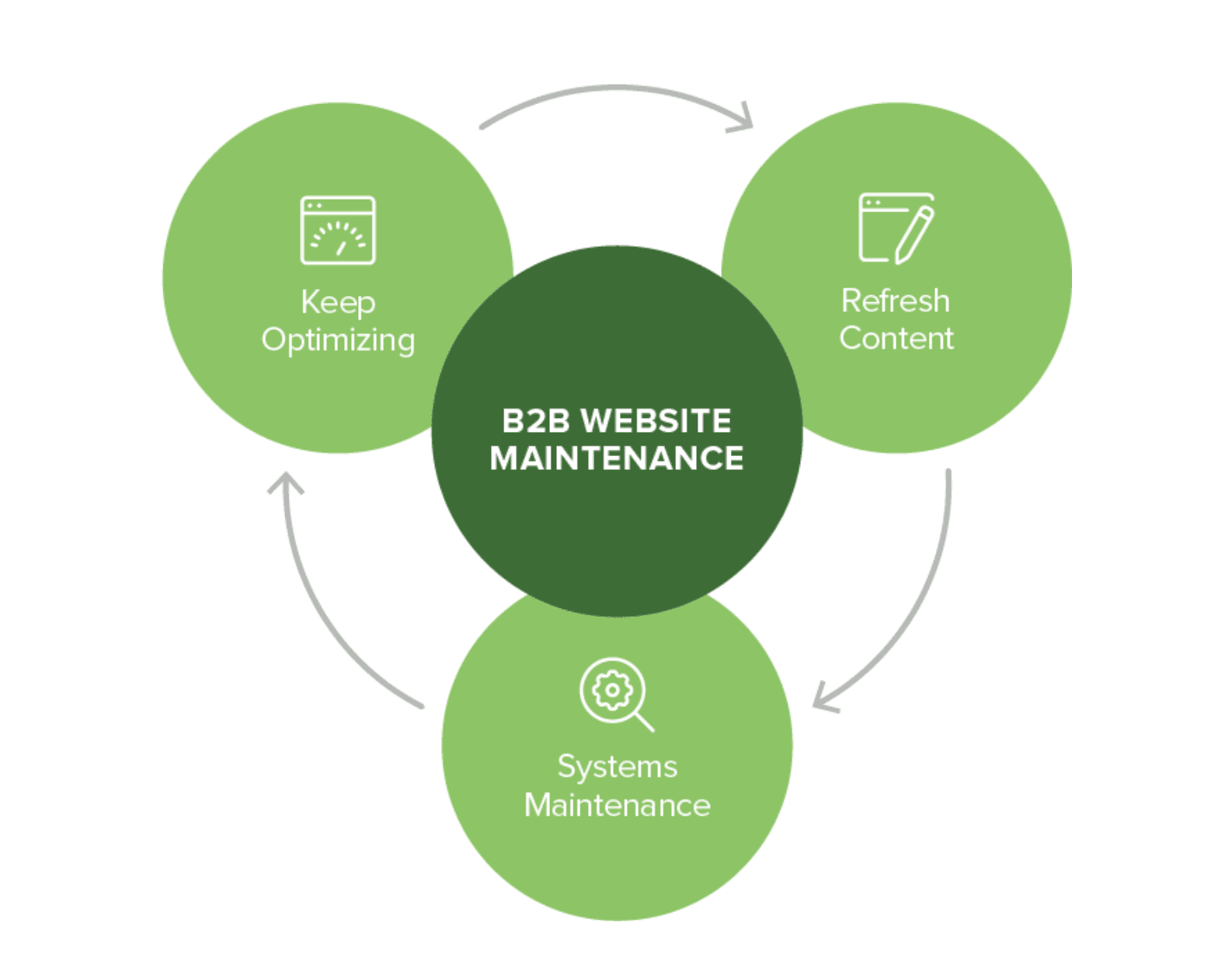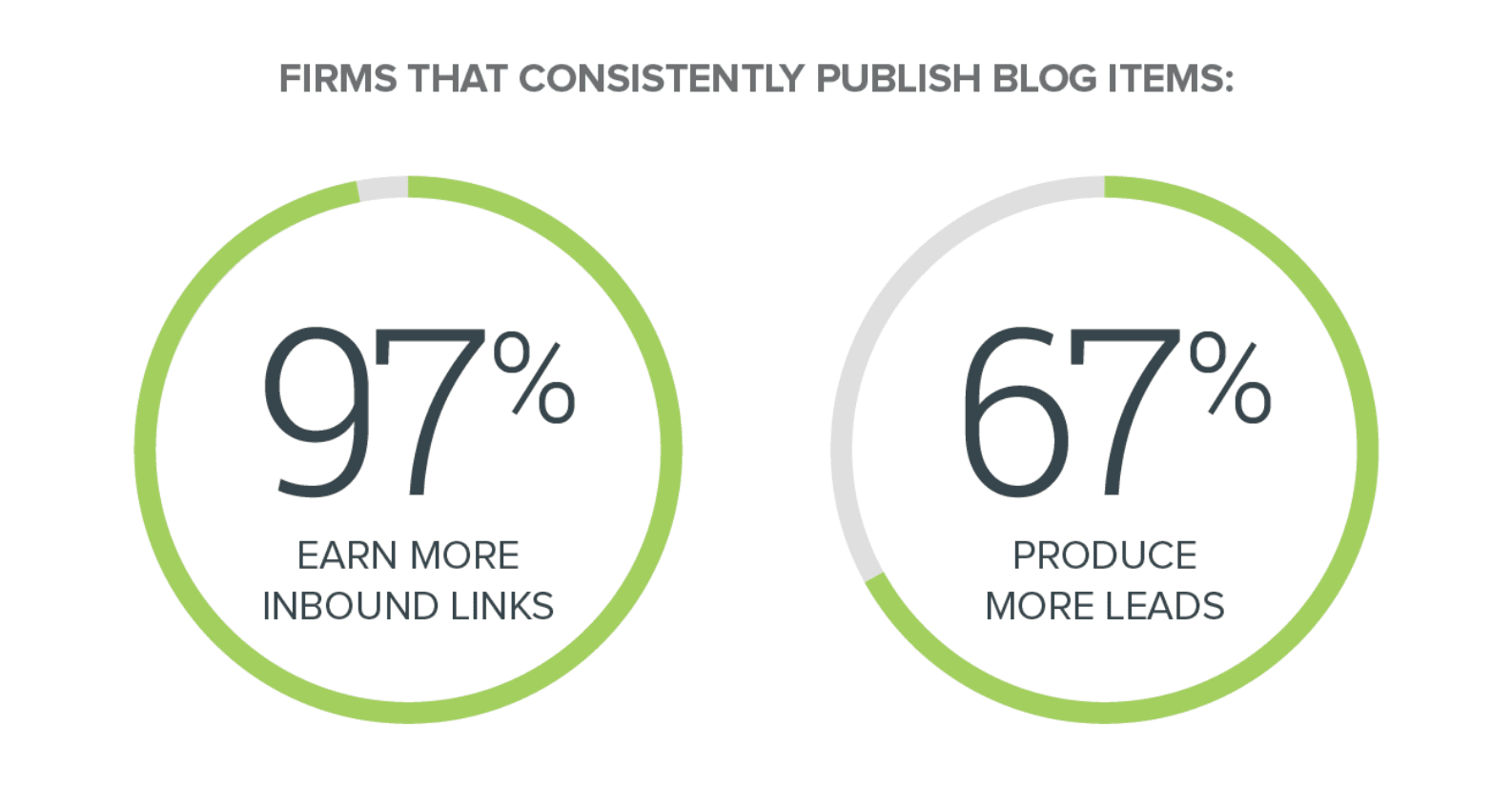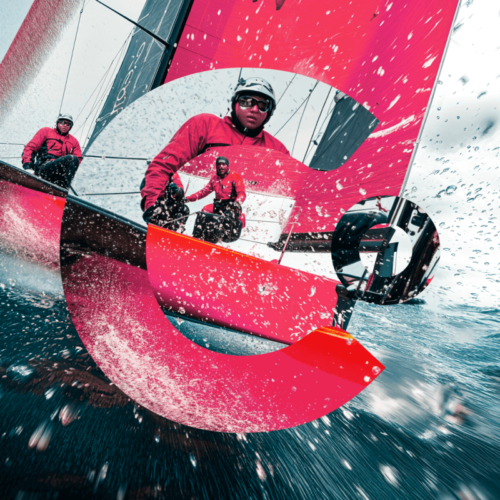For all the advances in technology driving modern digital products, your firm’s new website can’t take care of itself.
For B2B firms, completing a website redesign can feel like finishing a marathon. First, you secure the budget to pursue the changes that will revolutionize your digital marketing reach. Then, you and your web design agency incorporate the research, feedback, revisions, and technical expertise that culminates with a revamped website as you cross the finish line.
But the race is far from over. Redesigning your website is a big achievement, but the reality is you’ve just now reached the starting line.
Too often, firms see a redesign as a linear process: You spend a certain amount of money to deliver work over a window of time, and in the end, you get a website. Instead, you need to think of your website as an ongoing project.
If you treat your firm’s website as a living thing, you’ll see greater results in the long run. And in the process, you’ll extend the overall lifetime of the redesign you need to reach your business goals.
An Effective Website Is an Ongoing Investment

Even the day after you launch a new design, your investment in a new website can’t be considered complete. Though the upfront costs of a redesign will always be a focus, you need to budget for all the ongoing improvements that will keep your firm’s website moving forward.
Without the proper care, the average website redesign is already half as effective in as little as two years after launch. To maximize the return on your investment from a redesign, you need to consider post-launch costs for the coming months and years ahead.
Typically, these expenses fall into three categories:
1. Constant Website Optimization Ensures Consistent Improvement
Every website redesign functions under two constraints: Time and budget. For example, imagine your firm has committed three months and $200,000 to collaborate with a web design agency to redesign your site. Whatever goals you may have for your redesign, every item on your wish list falls within those limits.
If you’re working with the right web design partner, you’ll receive all the required skills and know-how to launch your project on time and under budget. But that doesn’t mean the user experience your site provides at launch can’t be optimized.
At the end of a design project, a maintenance retainer plan can ensure you don’t lose track of critical areas where even the most current website can get better.
Digital design isn’t like printing a book—you can leave room for later improvements. At Clear Digital, we build every project so we can add onto it in the future. As planned improvements prove beyond your project’s scope, we ensure the design at the finish of the project has room for consistent evolution.
At the end of a design project, a maintenance retainer plan can ensure you don’t lose track of critical areas where even the most current website can get better.
Key Priorities for Optimizing Your Redesigned B2B Website
Optimizing your website after launch typically falls under the following areas—especially if lead generation is a top priority for your business:
- Features that fell out of scope. Whether because of cost or scheduling issues, some website components that were planned for your redesign are often set aside. After launch, you can triage which features to incorporate into your new design in order of importance.
- Responses to user testing. Every decision you and your web design agency make about your redesign is grounded in research and experience. But users have minds of their own. You should be consistently testing to verify the decisions made before launch still make sense.
- UX adjustments based on post-launch data. After launch, your site analytics will provide crucial insights into your site’s performance. Your design should have the flexibility to refine each part of your conversion funnel to generate better results.
- Exploring new features and enhancements. Even in the span of a digital project, you may encounter a fresh approach that can further improve your user experience. With a new site in place, you and your team have freedom to experiment.

2. Regular Content Updates Keep Your Site in Step with Your Business
Just as the digital marketplace remains in motion, so does your business. Your products and solutions evolve, as do your messaging and support requirements. As every organization navigates rapid changes, your website needs to keep pace.
Keeping your redesigned website current with fresh content doesn’t just ensure your prospects see the latest information about your offerings. It also impacts your SEO efforts.
According to one frequently cited report, firms that consistently publish blog items earn an average of 97% more inbound links and produce 67% more leads. Websites with regularly updated features rank higher in search results and provide a considerable boost to your sales and marketing efforts.
Outdated content doesn’t serve your business and runs the risk of misleading your prospects. From landing page copy to banners, imagery, and infographics, all your content needs to provide the latest portrait of your organization.
Even after your new site launches, you need to ensure your marketing budget leaves room to keep your content in step with your business.
3. Website Systems Requires Time and Resources to Maintain
For all the advances in technology driving modern digital products, your firm’s new website can’t take care of itself. Depending on the scope of your redesign, you may need to expand your budget for your site’s hosting needs or annual costs to license a new CMS.
But the technology expenses tied with your new systems will be clearly delineated as part of your redesign process. However, some costs that will require development resources are often overlooked when firms plan their annual budget:
- Plugin and CMS patches and upgrades: Whether your website uses Drupal, WordPress, or another platform, your website’s infrastructure requires regular updates. Some will resolve potential security vulnerabilities while others will introduce new features, which can introduce complications. Every improvement requires expertise to manage, test, and maintain.
- 3rd party integration fees: Your newly designed site may include outside enhancements such as AI-enhanced search or human resources tools like Workday. Your budget needs to account for any costs associated with their use.
- Ongoing performance enhancement: As your team updates your site’s content or implements new features, they may not have time to ensure every addition is optimized. As time goes on, your site’s code can become bloated with inefficiencies, which leads to slower load times and unexpected errors.
Handle Any Maintenance Issue with a Digital Design Partner at Your Side
A redesigned website can provide a solution to a wide variety of your marketing problems. But it’s not a one-and-done solution for your business or your budget.
Like any living thing, a hardworking website requires consistent care to remain healthy. From implementing long-planned features to ensuring your site’s content and infrastructure keeps performing at its best, you need to keep track of an assortment of moving parts to see a consistent return on investment from a new website.
Fortunately, you don’t have to manage all these components on your own. With a maintenance retainer relationship, Clear Digital can keep your website current and running smoothly in whatever areas you need most. If this sounds like a level of insurance you’d like to provide your website, we should talk.






